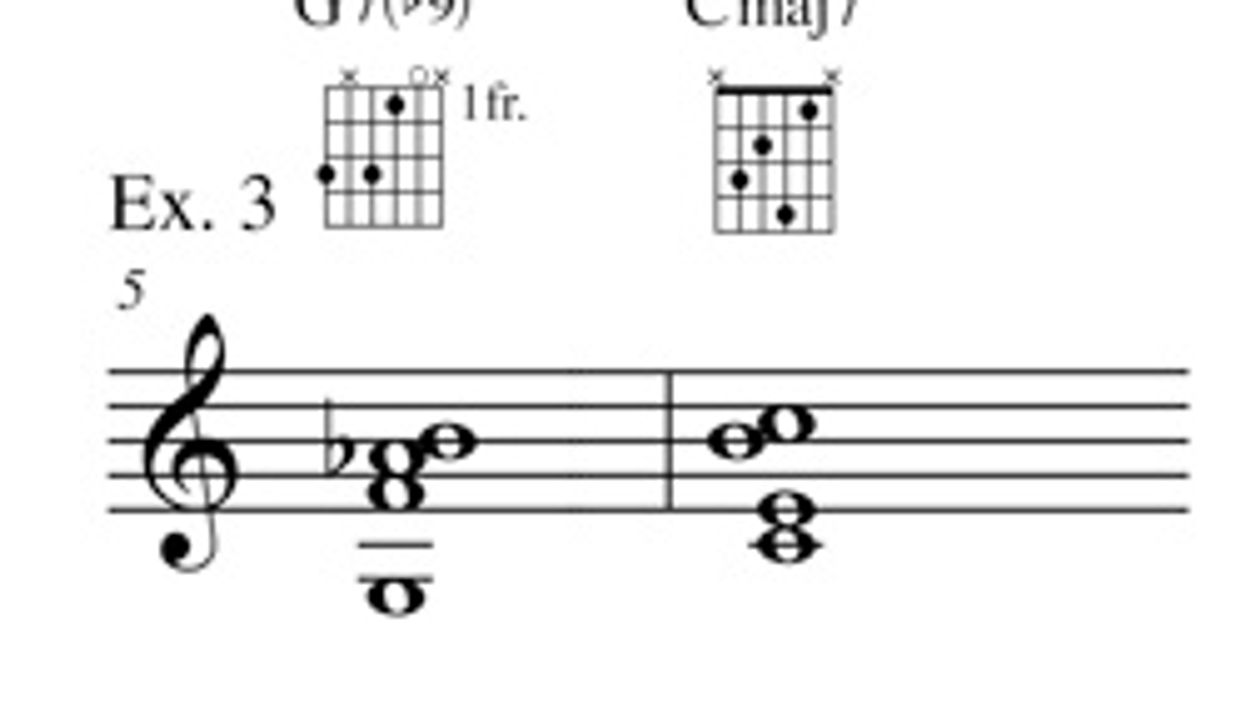Search
Latest Stories
Start your day right!
Get latest updates and insights delivered to your inbox.
cornerstone-jazz-palyers-resolve-free-dominat-pull-extra-chord-tensions-musicians-motion-root-move-chord-susbtitute
Don’t Miss Out
Get the latest updates and insights delivered to your inbox.
Recent
load more
